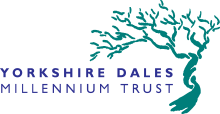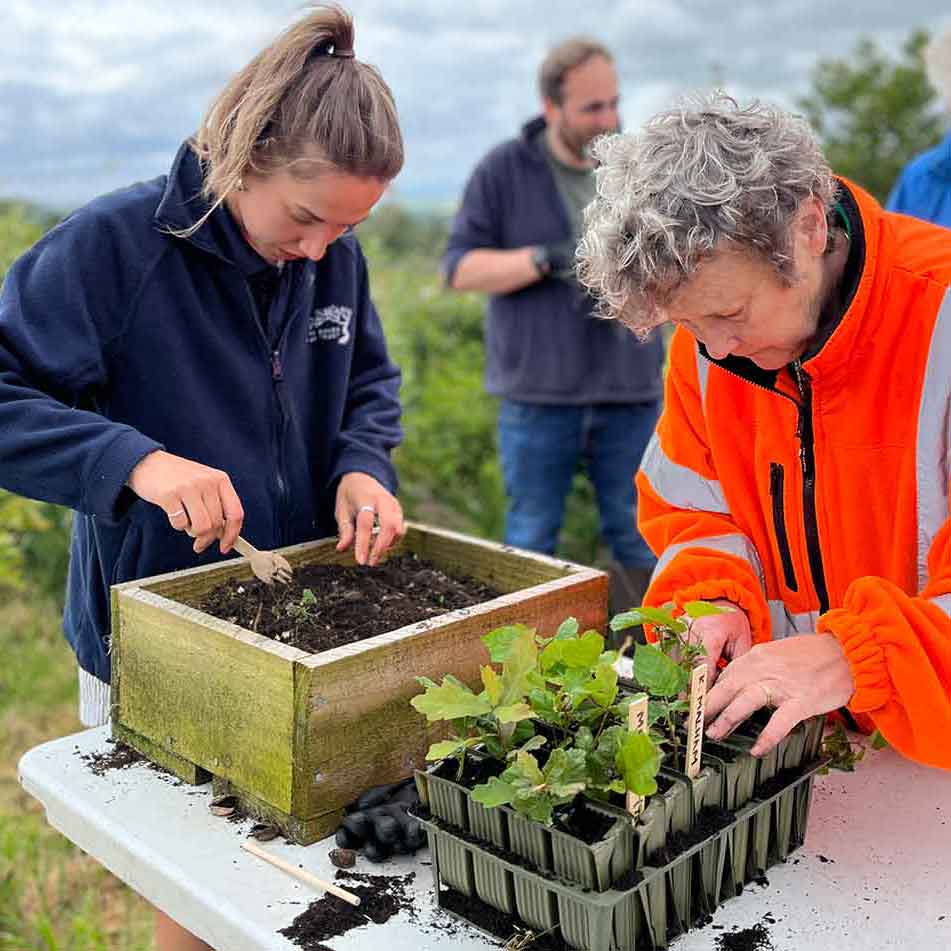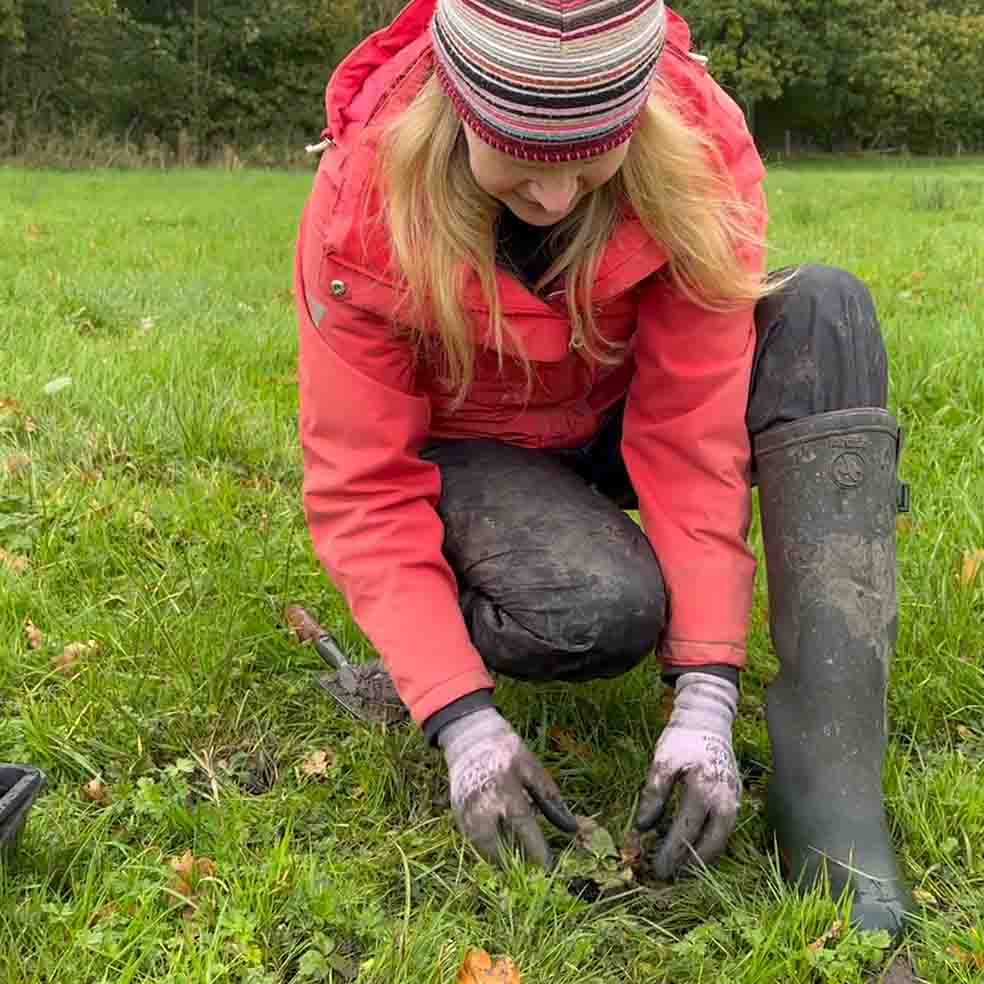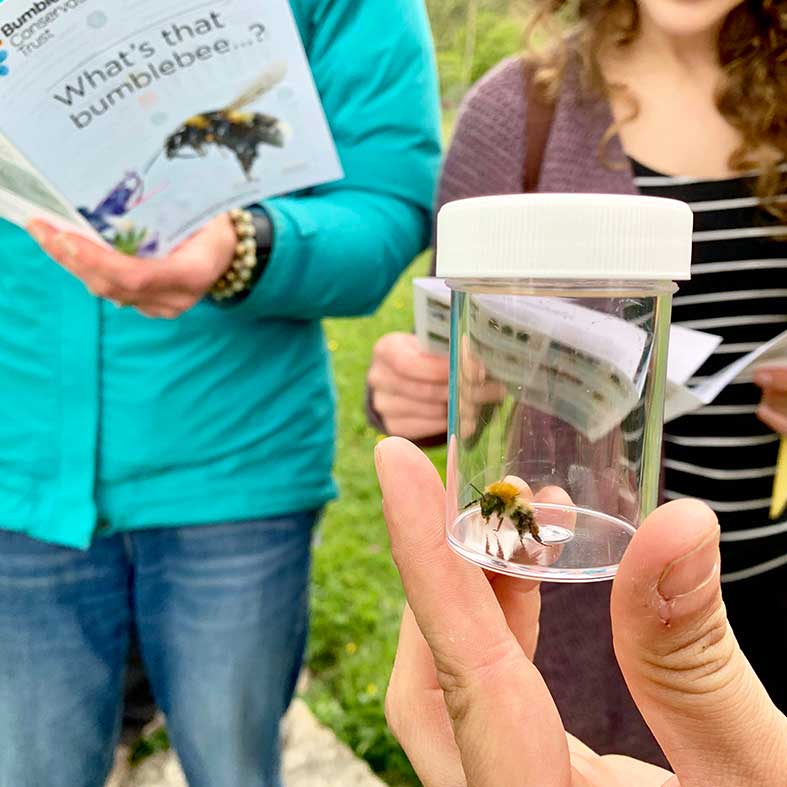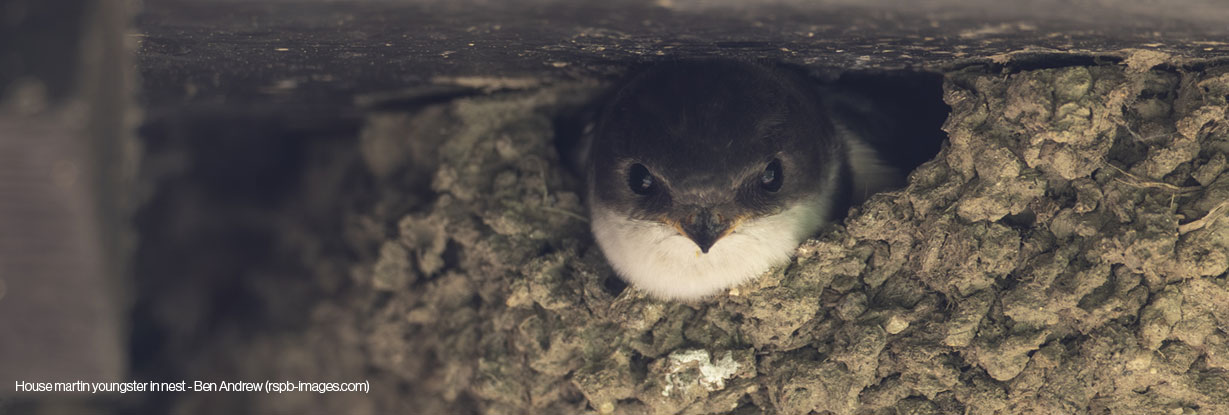
House Martins, House Sparrows, Starlings, and Swifts were once a common sight across our skies, but the loss of suitable nesting sites has led to drastic declines in numbers, putting these much loved birds on the UK Red List.
In the Yorkshire Dales we're lucky to have healthy populations of these four iconic species. Nooks and crannies in unimproved houses, barns and farm buildings provide suitable nest sites and the surrounding landscape provides food. The challenge is to ensure these beautiful birds are not completely lost from our landscape, as land use changes, buildings are retrofitted and nesting sites are lost.
Homes for House Birds
The Homes for House Birds project is enabling communities in the Yorkshire Dales to save four of our iconic house nesting bird species – House Martin, House Sparrow, Starling and Swift. These birds are all identified as ‘category 1’ species in the Yorkshire Dales Nature Recovery Plan, meaning bespoke action, above and beyond generic habitat management, is needed to conserve populations. Their survival requires a community-wide effort.
The project is a partnership between YDMT, the Yorkshire Dales National Park Authority and RSPB, and was started in 2025 with the support of a grant of £250,000 from The National Lottery Heritage Fund. Thanks to National Lottery players this project will focus on settlements where healthy populations of house birds remain, and aims to mobilise communities to protect these iconic birds - creating suitable long-lasting nests and enhancing feeding sites, so they can continue to thrive.
Over the next three years we will be working with communities in the Dales to:
- Create, enhance and restore vital habitats for house birds.
- Create suitable long-lasting nest sites.
- Gain a better understanding of the current populations through citizen science monitoring.
- Lay foundations for future support of house nesting bird communities.
About the Heritage Fund
The National Lottery Heritage Fund is the largest funder for the UK’s heritage. Using money raised by National Lottery players we support projects that connect people and communities to heritage. Our vision is for heritage to be valued, cared for and sustained for everyone, now and in the future. From historic buildings, our industrial legacy and the natural environment, to collections, traditions, stories and more. Heritage can be anything from the past that people value and want to pass on to future generations. We believe in the power of heritage to ignite the imagination, offer joy and inspiration, and to build pride in place and connection to the past.
Learn more about the Heritage Fund at www.heritagefund.org.uk
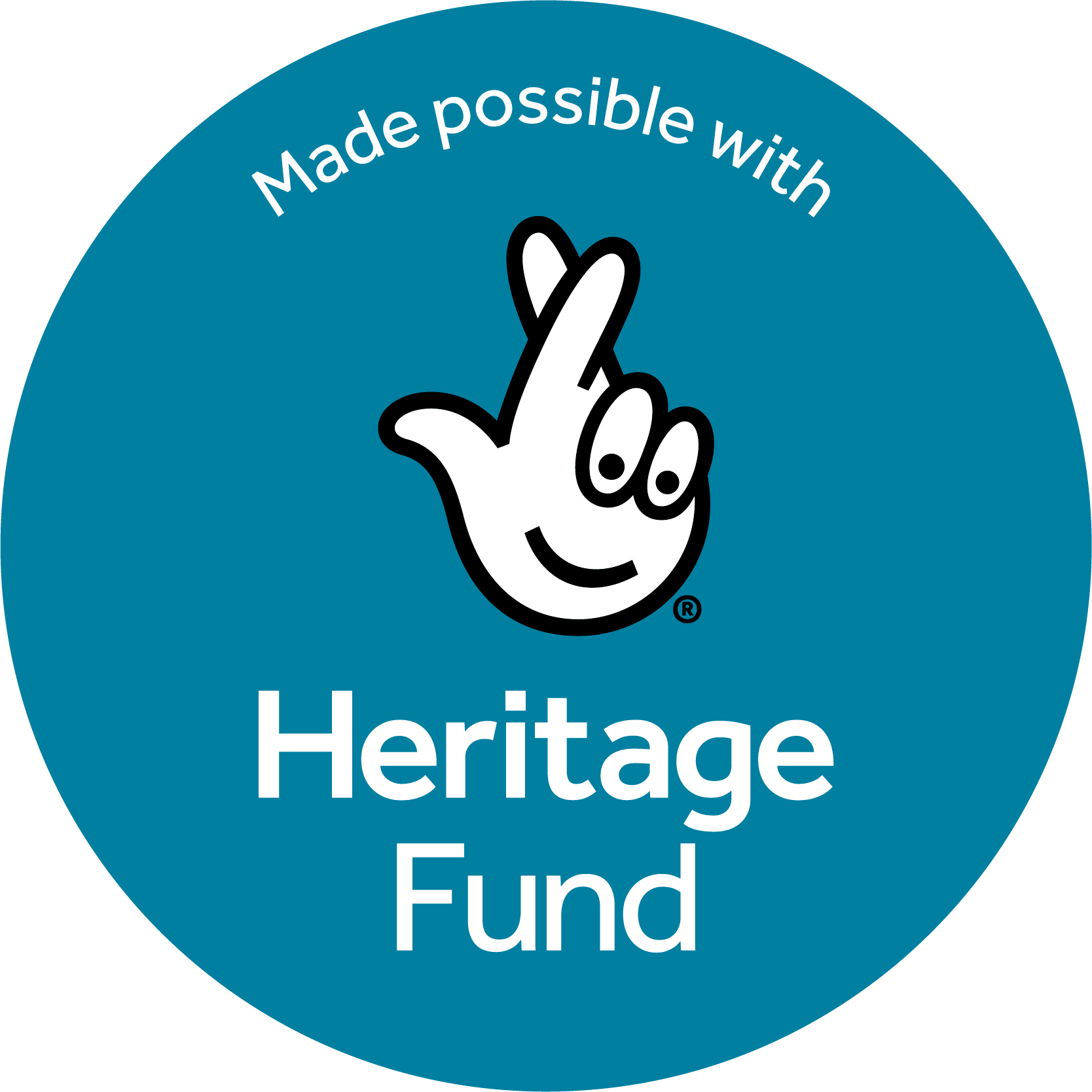
Join the House Birds community!
We're working with communities in Settle, Clapham, Lower Wharfedale, Sedbergh Malhamdale and Swaledale to create, enhance and restore habitats and nest sites, so house birds can continue to thrive here. Some examples of training and activities we can support include:
- Botanical and Bird ID
- Wildflower propagation and plug planting
- Woodland condition assessments
- Bird populations monitoring training
- Invertebrate training
- Growing trees from seeds
- Hedge laying and tree planting
- Wetland creation e.g. ponds and scrapes
This list is not exhaustive! If you'd like to get involved and have ideas for training and habitat management that would benefit house nesting bird populations in your area, please email Eva Irving our Community Conservation Officer eva.irving@ydmt.org.
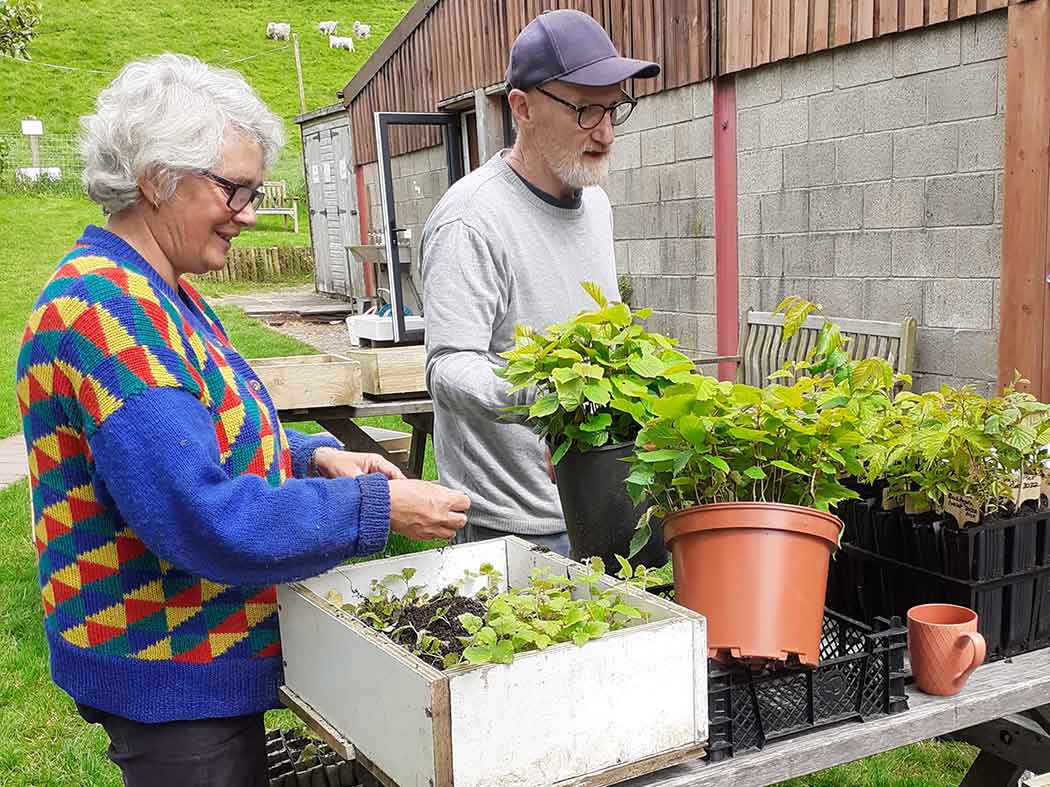
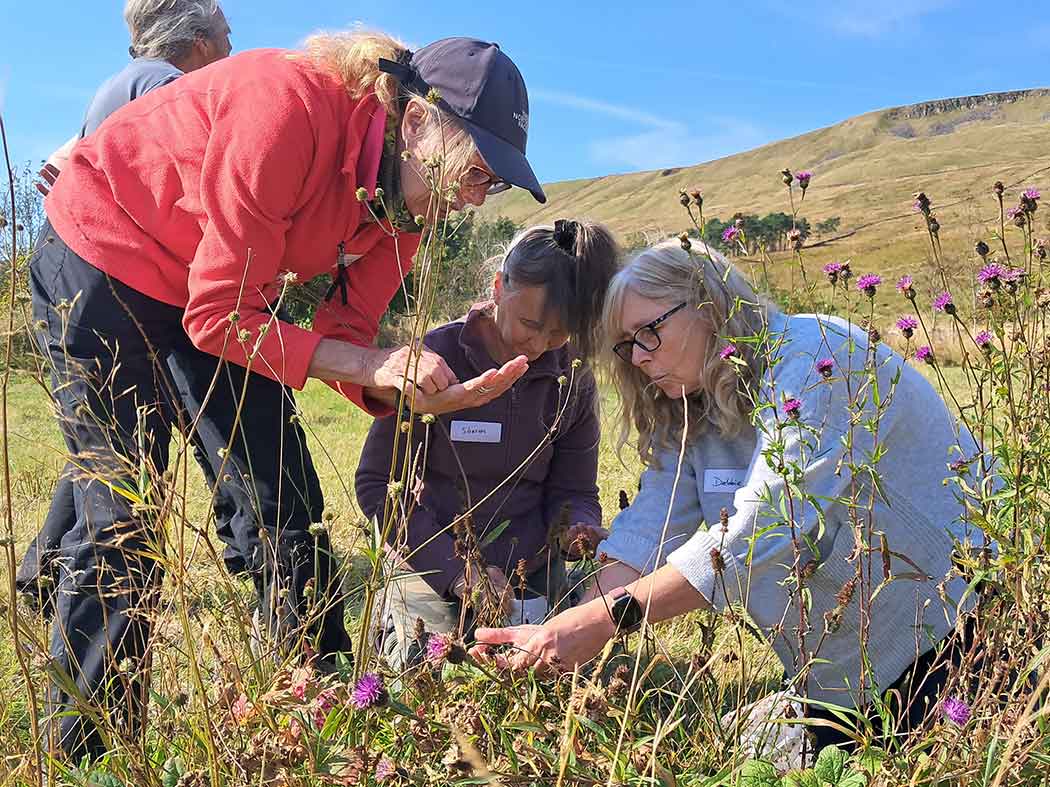
Residents living in or near Settle, Clapham, Malhamdale, Swaldale, Sedbergh and Lower Wharfedale, can also register for a free house nesting bird nest box through the project.
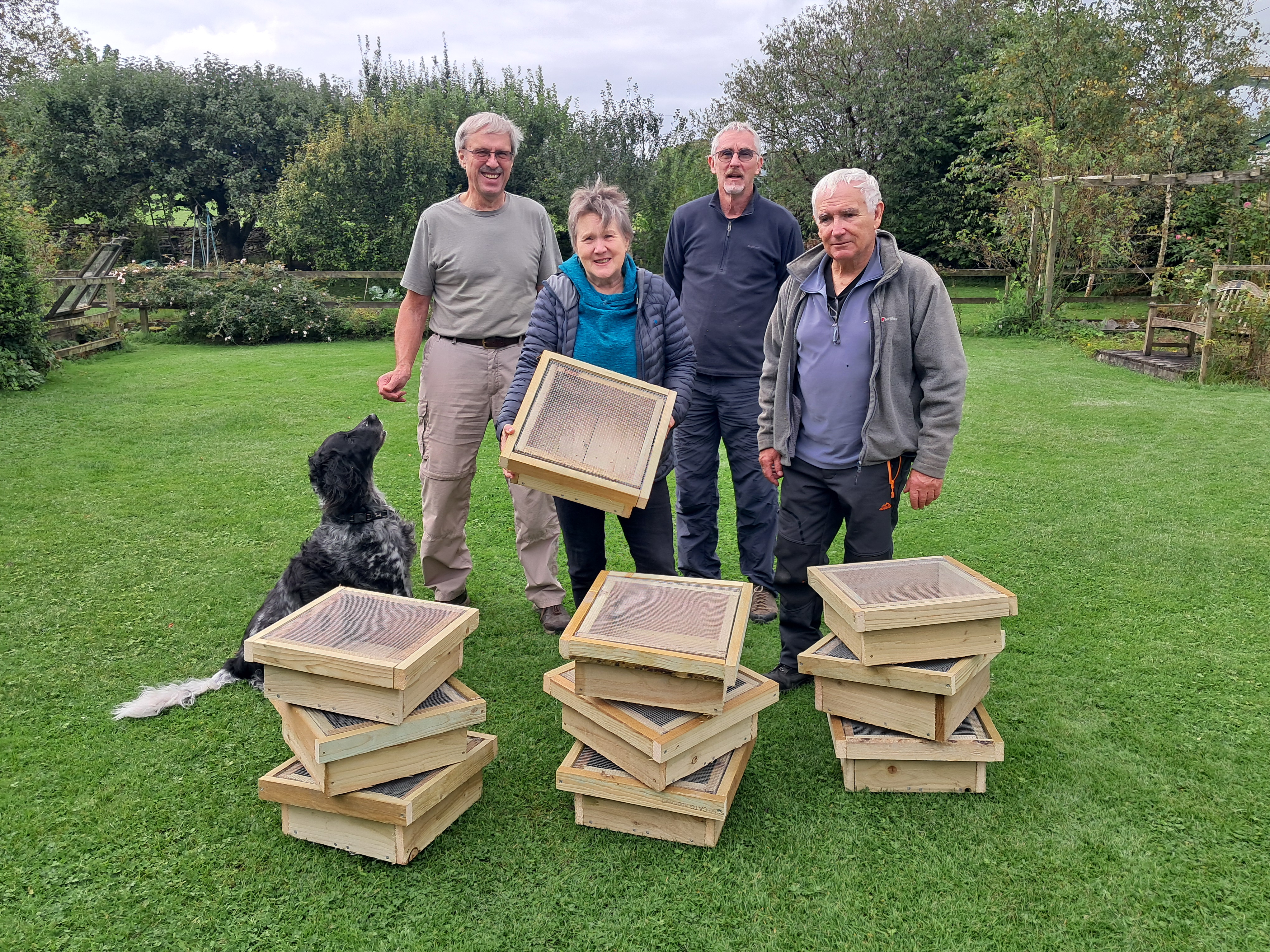
Sign up for conservation news
You can keep up to date with upcoming training and volunteering sessions, events and news by signing up to our Community Conservation newsletter.
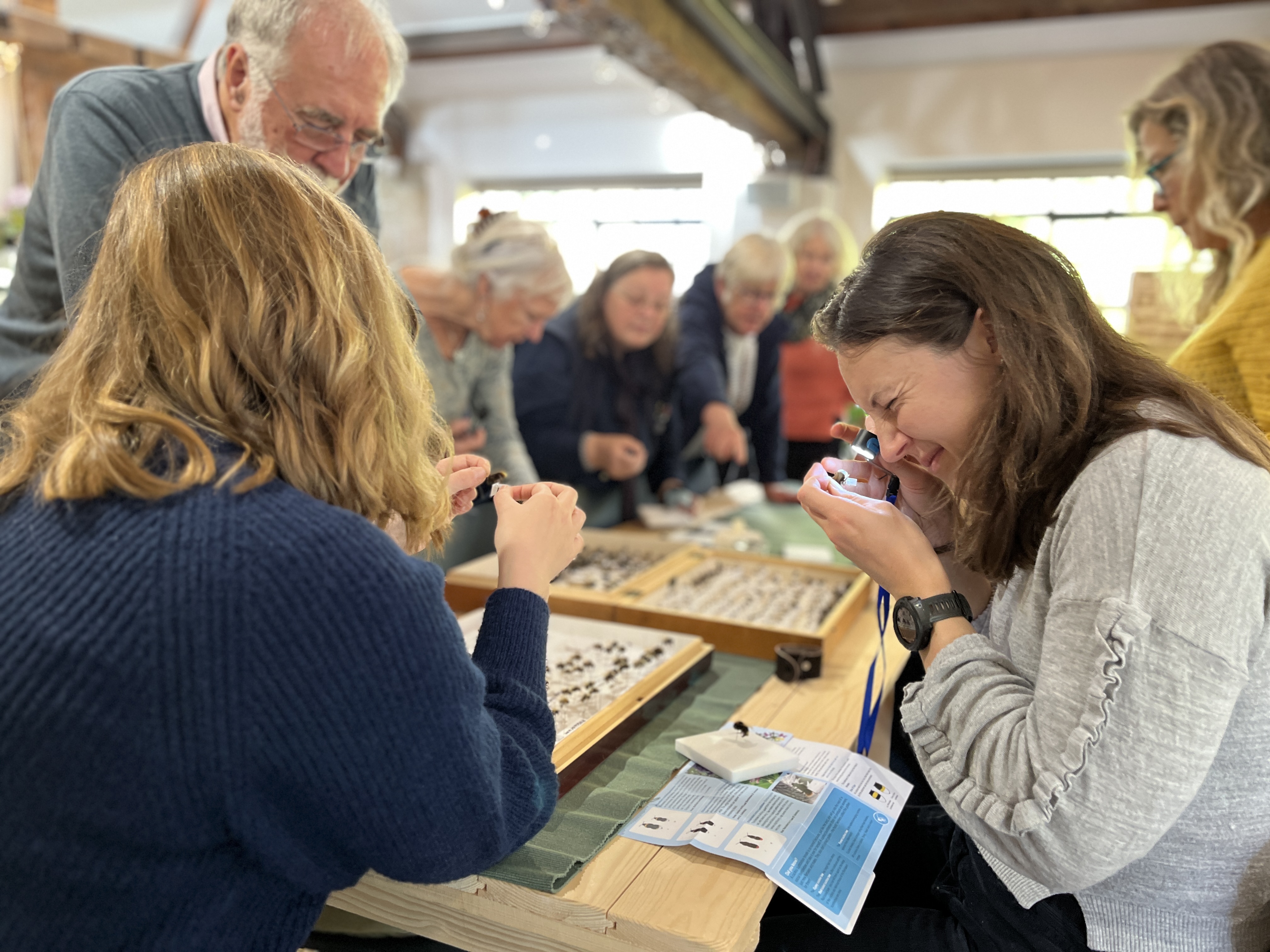
Watch our introductory talk
Watch an introductory talk about the project and how local communities can get involved here: An introduction to Homes for Dales House Birds
Four iconic house birds
House Martin, House Sparrow, Starling and Swift are distinct in their close association with towns and villages across the Dales and can be enjoyed by everyone. The combination of historic buildings intertwined with the patchwork mosaic of habitats brings many people into close proximity with these much-loved small birds.
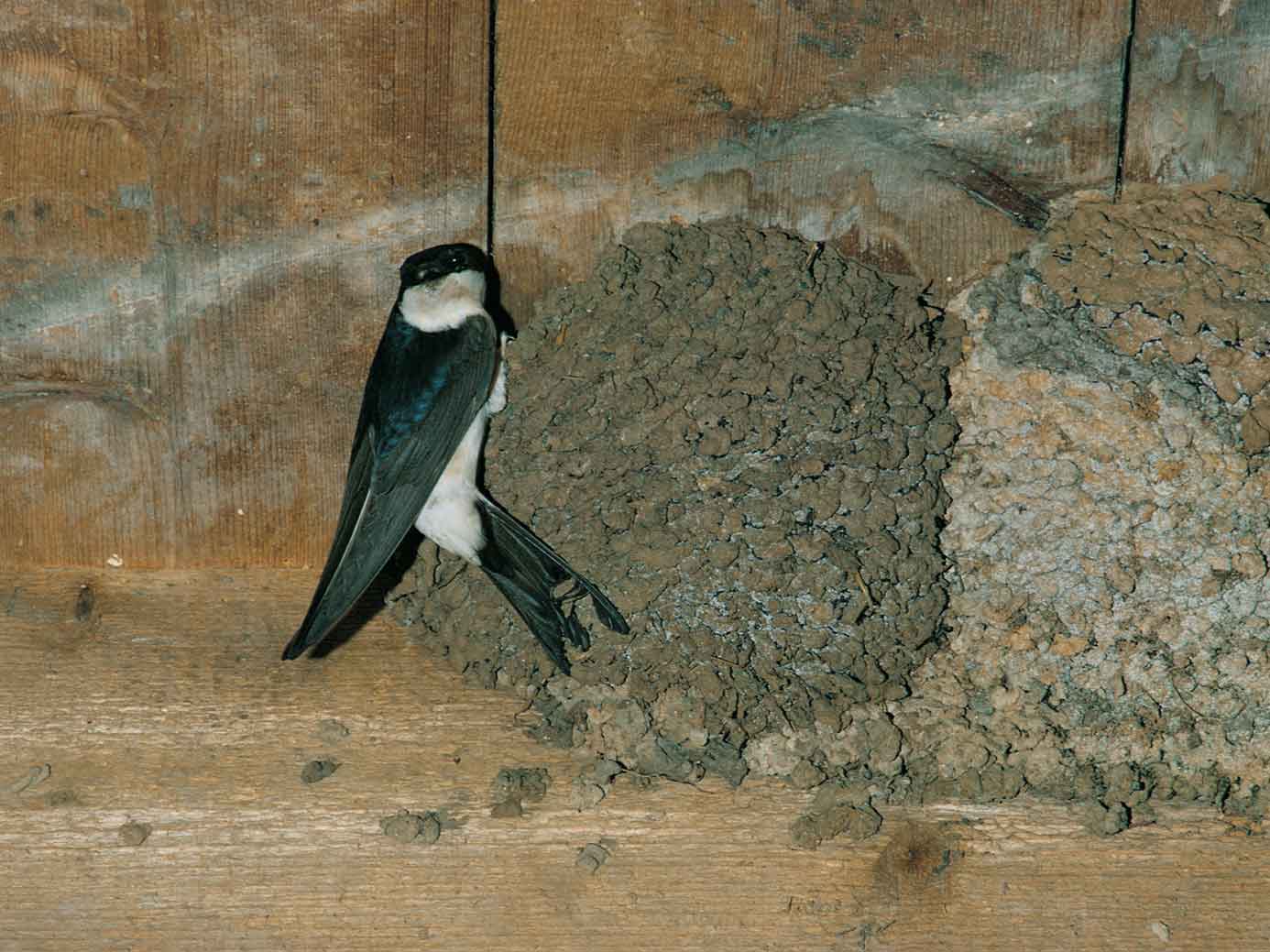 House Martin on nest - John Markham (rspb-images.com)
House Martin on nest - John Markham (rspb-images.com)
House Martins
House Martins, with their glossy blue-black upper parts and a distinctive forked tail, spend much of their time in flight collecting insects. House Martins construct nest cups from mud, below the eaves of buildings. They usually reuse the same nests year after year. Ponds and streams are important habitats for them to find insects.
The UK breeding population of House Martins declined by 37% from 1995 to 2020. They were added to the UK Red List in 2020. The reasons for the decline are not well understood, however nest cups built on PVC as opposed to brick or concrete are more likely to collapse resulting in lower breeding success.
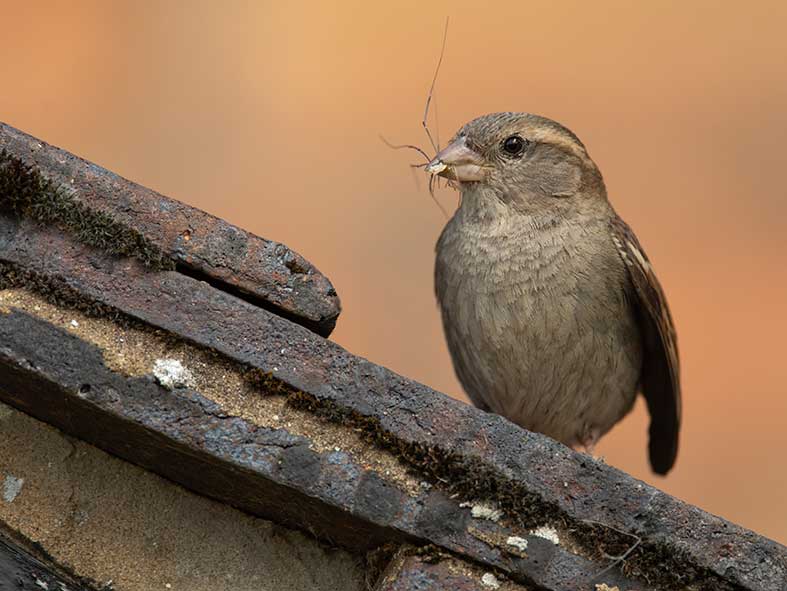 House Sparrow - Ben Andrew (rspb-images.com)
House Sparrow - Ben Andrew (rspb-images.com)
House Sparrows
House Sparrows nest in colonies in buildings crevices, or build untidy nests from vegetation. Often heard before they are seen, they have stout heads and thick bills. They enjoy a mixed diet foraging for insects, seeds and berries. Varied hedgerow habitats and meadows near communities are essential for their survival.
House Sparrows have undergone severe decline in the UK with numbers dropping by 71% between 1977 and 2008. In rural areas, agricultural intensification may have been an important cause, mostly due to reduction in food availability. Numbers are still dropping and they have been on the UK Red List since 2002.
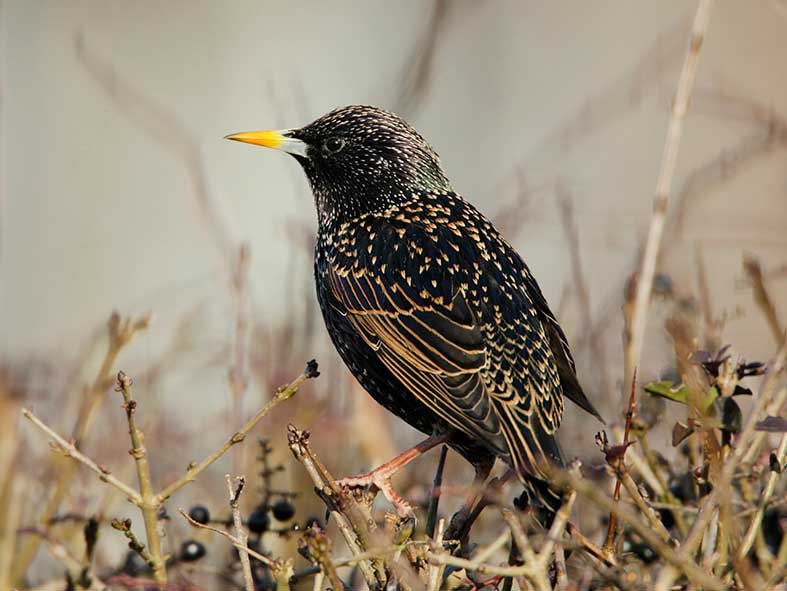 Starling adult male - Andy Hay (rspb-images.com)
Starling adult male - Andy Hay (rspb-images.com)
Starlings
Starlings are glossy with a sheen of purples and greens flecked with white. Noisy and social, they spend a lot of the year in flocks. They nest in tree holes, drystone walls or farm buildings and feed by probing the soil for invertebrates. They also nest in building cavities, mainly under eaves and in loft spaces. On winter evenings, huge flocks form dancing murmurations. A thriving ground fauna is vital for Starlings.
Starlings are on the UK Red List due to a sharp breeding population decline since the 1960s. In rural areas, there is evidence that the intensification of pastoral grassland management has affected the soil invertebrates they feed on.
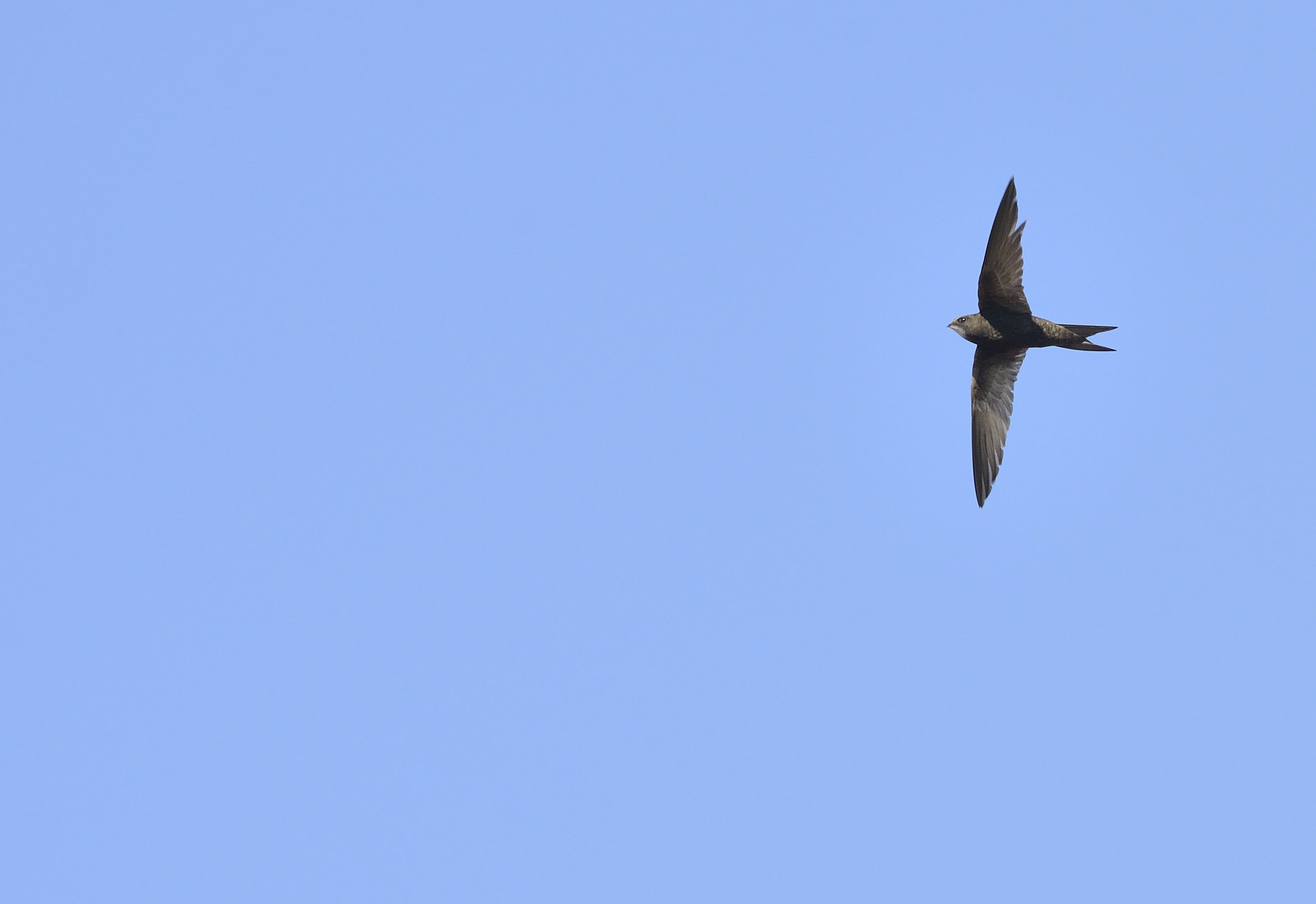 Swift - Ben Andrew (rspb-images.com)
Swift - Ben Andrew (rspb-images.com)
Swifts
Swifts return to the UK from Africa to breed in early May and are given the accolade of bringing the summer with them. With their distinctive curved wings and forked tail, Swifts are superb flyers; sleeping, eating, bathing and mating on the wing. With a top speed of 69mph, they are the fastest birds in level flight. Swifts pair for life, returning to the same site each year to renovate their nests. They nest in houses and churches, squeezing through tiny gaps to nest inside roofs. Clean air with an abundant supply of flying insects, including airborne spiders, is essential.
The population of Swifts has declined significantly (60% between 1995 and 2020), likely a result of a reduction in their insect food and continued loss of suitable nesting sites as more old buildings are renovated. They were added to the UK Red List in 2020.
More ways to get involved through our community programmes
Through our Community Conservation projects, we offer training and volunteering opportunities in a range of areas throughout the year, including meadows, woodlands and house nesting birds projects. Learn more about our Community Conservation projects
Join our tree growing community
We're working with communities in the Yorkshire Dales to help set up, develop and sustain our first tree growing schemes.
Meadows and wildflowers
We support the creation of community meadows and wildlife patches and run a wide range of activities to help people understand and look after wildflower habitats.
Bee Walks
With the help of hundreds of amazing volunteers, we have recorded over 20,000 bumblebees across the Yorkshire Dales and Forest of Bowland since 2014!
